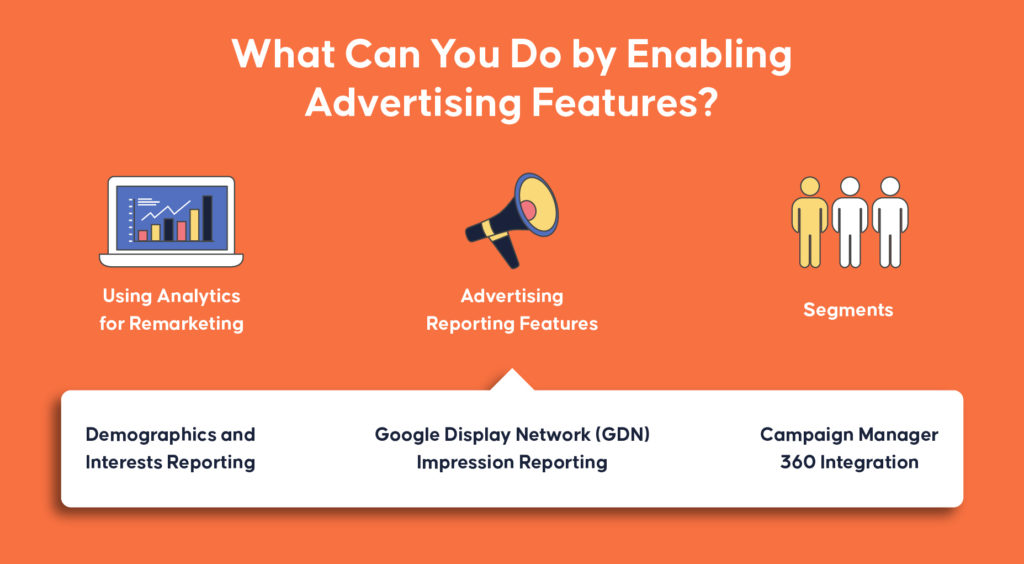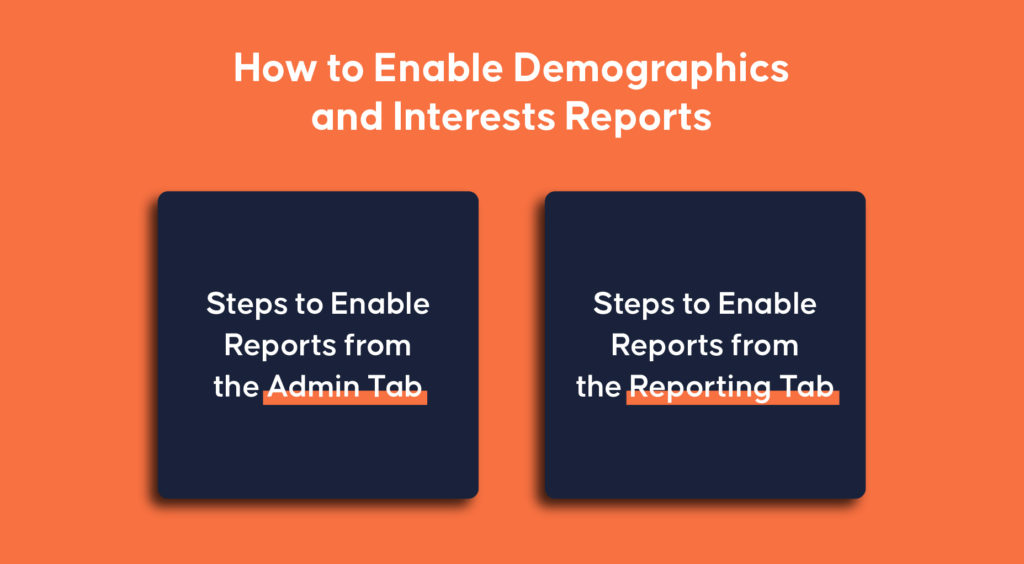Inquivix HQ
1-903, 18 Eonju-ro 146-gil,
Gangnam-gu, Seoul, Korea
06057

Google advertising cookies can gather a great deal of information with the permission of users that visit different websites, and this gathered data helps Google understand the specific behaviors of different consumers using the web. This blog will explore advertising features that evolve from the data gathered via cookies and the various types of reports that it can help generate for users trying to optimize their use of Google Ads.
What Are Advertising Features?
When it is enabled, it uses the data from Google advertising cookies to create remarketing audiences—audiences that you can re-engage in something they showed interest in and divulge that information to Google Ads lists, including demographics and interest data in analytics reports and to construct segments.
How Does Google Use Cookies for Advertising?
Cookies are used by Google to receive and analyze data about how users interact with a website, the number of ads displayed, and the click rate an advertiser’s audience produces. This data helps Google and advertisers understand a user’s behavior on a site, and they take advantage of this information to display ads based on the website’s users’ visits, avoid repetition of the same ads, and stop click fraud. Google takes measures to not infringe on the privacy of users and maintains its security while using this information for other purposes.

Google allows websites, blogs, and other publications on the web to partner with Google to display ads to users that visit their platforms. Google also provides several different services, like AdSense and Google Analytics, to manage their partners’ advertising campaigns, and these products help send cookies to users’ browsers and gather necessary information from them.
What Can You Do by Enabling Advertising Features?
These features can only be utilized once they are enabled. Here are some reasons why you should enable advertising features.
Using Analytics for Remarketing
You can create remarketing audiences based on the information gathered via cookies. With the analytics of how users interacted with your platform and their potential to covertly manipulate audiences, ads are curated to re-engage these audiences.
Advertising Reporting Capabilities
Enabling this feature helps you receive reports on ads that you can use to improve your advertisements and tailor them to your audience. Here are some examples of the different reports you can make use of.
Reporting on Demographics and Interests
As the name suggests, this report helps you identify the gender, age, and interests of users that visit your site. This breakdown helps you utilize these details to specifically reach the target audience according to their behavior on the site.

Impression Reporting for Google Display Network (GDN)
This report allows advertisers to evaluate how the unclicked impressions of Google Display Network’s display ads affect the behavior of users on the site and convert prospects into clients. Enabling this will help you gather impression rates on visual display ads that do not include text.
Campaign Manager 360 Integration
Integrating Campaign Manager 360 platform that allows you to manage, measure, and optimize all your campaigns in one place, gives access to consumers to view data available from the platform. This data can be received in reports displayed on your analytics dashboard.
Segments
Facilitating the use of these features allows you to create separate sections of your users based on their age, gender, and interests. This helps you develop a better understanding of the consumer base that visits your site.
Overview of Demographics and Interest Reports
It is an important analysis of how the demographic and interest data of users that visit a website is received and how it can be utilized to improve ads and reach potential consumers better. Here we will explore a complete outline of demographic and interest data.
Data Reception in Analytics
Analytics receives data through third-party double-click cookies from the activity of a user on a web browser when a cookie is present. The Android advertising ID and iOS advertising ID are enabled for Android and iOS applications respectively to associate the activity of users on the app with the data specified in these applications.

What Can You Do Using Dimensions?
Dimensions like age, gender, affinity categories like lifestyle, different in-market segments, and other categories that group people can help you track analytics metrics for revenue generation, bounce rate, click rate, and also create segments from data derived from reports.
Typical Reports
Standard reports are reports on the acquisition, conversions, behavior, and session metrics broken down by a complete demographic overview, or specific age, gender, interest overviews, affinity categories, in-market segments, and other categories that users can be classified into using analyzed data.
Personalized Reports
Custom reports use dimensions together or alone, by activating your property settings according to the metrics you want to analyze. To see this data, your property settings must enable advertising features.
Thresholds for Data
Some data thresholds prevent certain data from a dimension from being seen. It is an automatic process that limits the amount of data a report can divulge, especially in instances where there is limited information available to support analysis.
Policy Requirements for Ad Reporting Features
Google takes infringement on privacy very seriously as a very serious offense. To ensure you are using the services appropriately, you need to first ask your users’ permission to collect their data. Once they have allowed this, you also need to make sure to have a section with all the knowledge they are required to have about how you collect their data, the Google Analytics you use, all the information about first-party cookies to third-party cookies, and the different ways this data will be used.
You must also have a section on how they can stop sharing this information with your platform as and when they require it, without having to send in a request. The consumer must be at the liberty of allowing or not allowing these analytics to gather their data from all desktops, mobiles, other versions, and devices as well.
Conclusion
Users’ permission through cookies is a great example of how analytics takes advantage of the information users provide. Once you enable these features, you can receive demographics and interest data reports, Google Display Network impressions reports, and Campaign 360 data reports to improve your advertisements and re-engage audiences that have the potential to convert.
